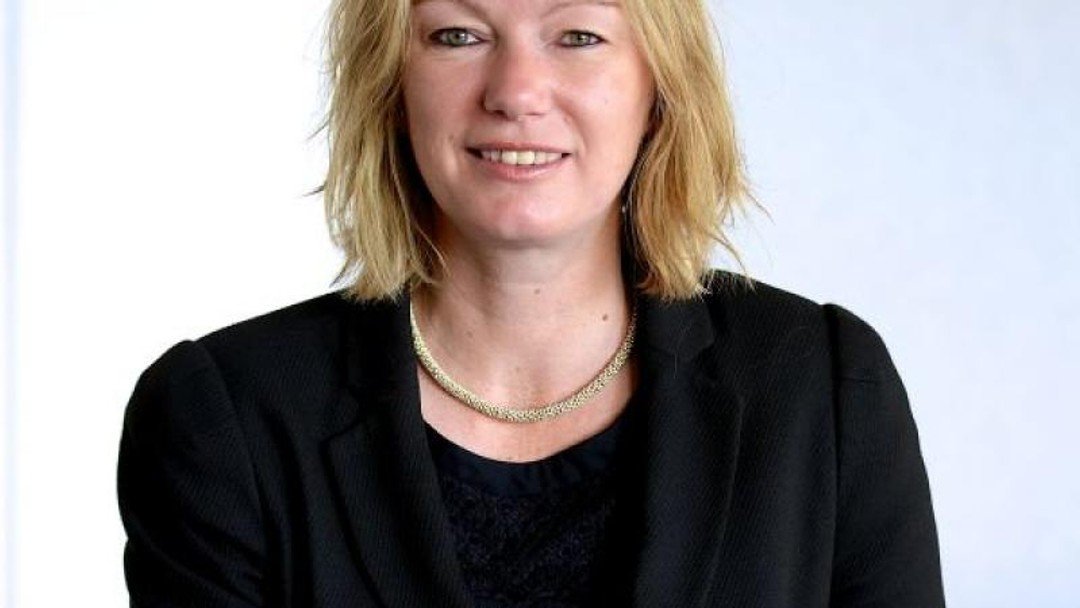Pension loophole

Julie-Ann Harris explains how the recent pension reforms may affect divorcing couples
The pension freedom reforms, which came into force on 6 April 2015,
give people greater flexibility and accessibility to their pensions, allowing over 55s
to cash in their entire pension subject to taxation. This may have consequences for those who benefit from 'attachment' or 'earmarking' orders from their ex-spouse's pension fund.
Attachment orders give
former spouses the right to a percentage of pension income
of the pension-owning spouse after retirement. Following the reforms, a pension subject to an attachment order can be drawn down in cash rather than be taken as income. This may have disastrous consequences on the application of attachment orders as the changes give scope to circumvent the requirements set out in the order. Unless the order is specific or a policy implemented to close this loophole, the problem
will persist.
The pension owning spouse may avoid the payment as set out in the attachment order to exploit the reforms by choosing to take all benefits as a lump sum. If the order fails to specify exactly when and how benefits must be taken, or doesn't specify a cash lump sum, the order can be avoided.
It follows that if there are no
funds to crystallise, there will be no income left to satisfy the attachment order.
Financial advisers stress that although not strictly an issue created by pension flexibility, historically the assumption was that 'attached' pension income would be taken as 'annuity income' guaranteed for the lifetime of the pension-owning spouse. The pension-owning spouse could take their pension benefits through drawdown, allowing them to determine the level of income. If they wanted to defeat the purpose of the order, they could choose to draw a minimal income. The reforms also allow annuity income to reduce and the ex-spouse may not receive the correct entitlement under the order.
When attachment orders were common no one envisaged that the current reforms would have such far-reaching significance and, as a result, orders of this nature did not take in account that the entire pension could
be withdrawn in full. Pension-sharing orders have almost completely replaced earmarking orders whereby a cash transfer value of the pension is agreed and a percentage transferred into a separate fund of the ex-spouse. However, problems faced by attachment orders are still relevant as many divorce settlements were drawn up before pension sharing was permissible.
Additional issues
At this time there should be
even more focus on ensuring
that court orders reflect the intended result, in a way that cannot be frustrated through pensions flexibility. Additional issues include offsetting and pension sharing.
Currently, pensions are not usually valued on a pound for pound basis with other assets, due to the lack of access to the
full value. However, for those divorcing who are over 55, there is now total access to defined contribution pension funds.
This may lead to value parity
with other assets. If so, tax and future contribution issues should be addressed.
Post April 2015, the non-pension owning spouse may prefer to have cash rather
than a share of a pension fund, particularly if housing needs are not met and the pension is the most valuable asset. Where the member is over 55 this is possible, even if the spouse is much younger, as the right to access the pension fund is linked to the age of the pension policyholder.
Commentators generally consider that those affected will be individuals who are to receive a share of a 'defined contribution' pension or who are offered a transfer away from a 'defined benefit' pension. The new rules will affect people with defined contribution pensions, which
are typically personal pensions, stakeholder pensions or additional voluntary contribution schemes. In this type of pension the amount payable in retirement is linked to the investment performance of the fund accumulated during a person's working life rather than being linked to their final salary or career average salary, which is
a defined benefit.
Until recently, the amount drawn from a defined contribution pension as an income was limited by rules laid down by government. However, from 6 April 2015, these rules
will be removed and there will no longer be any restriction on the amount which can be withdrawn after the age of 55. It will still be possible to take a lump sum of
up to 25 per cent of a pension tax free. The remaining pension fund can be accessed without limit
but income tax is payable on the amount withdrawn at the individual's highest marginal rate.
Divorce is a complicated area and where pensions are involved, the need for specialist legal and financial advice from the outset is even greater. While the pension reforms will provide greater control and flexibility for many,
it is important that bespoke advice is obtained to ensure
that whatever settlement is considered will suit each party's changed circumstances, both now and in the future. SJ
Julie-Ann Harris is a partner and head of the family law team at Steele Raymond
